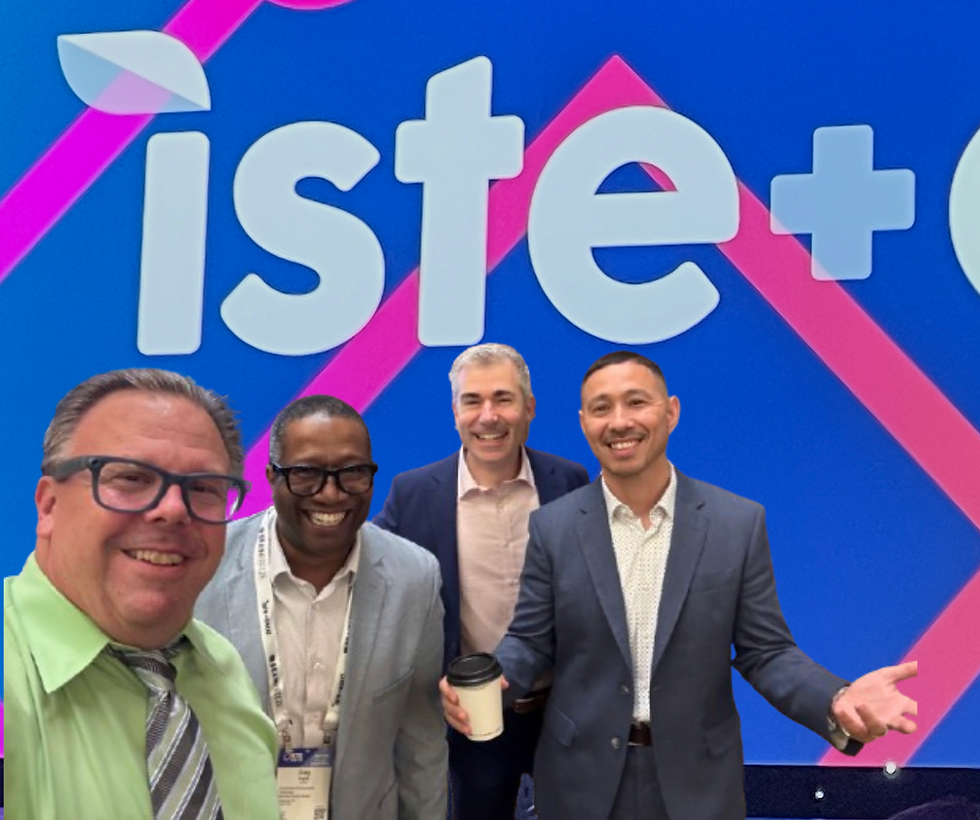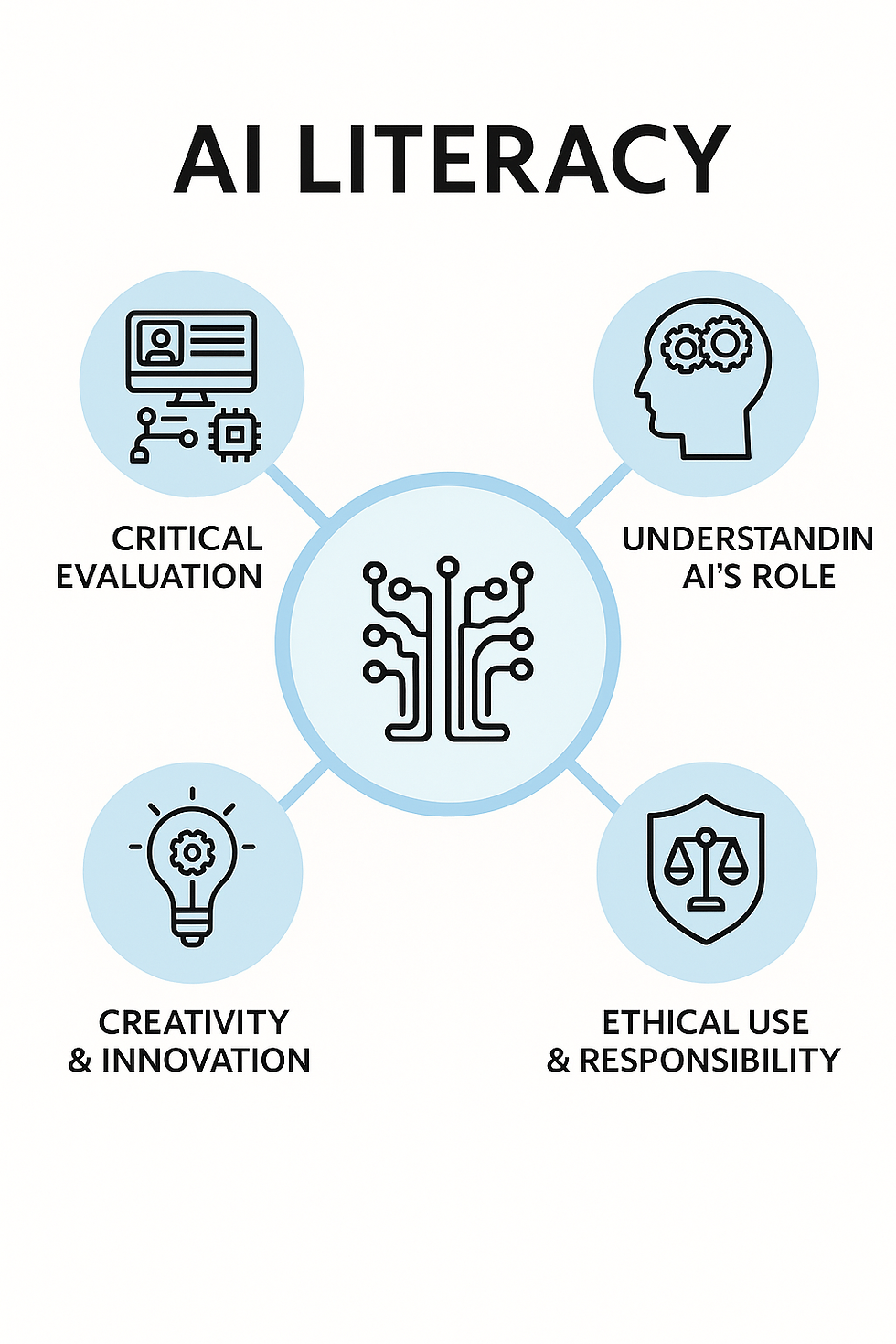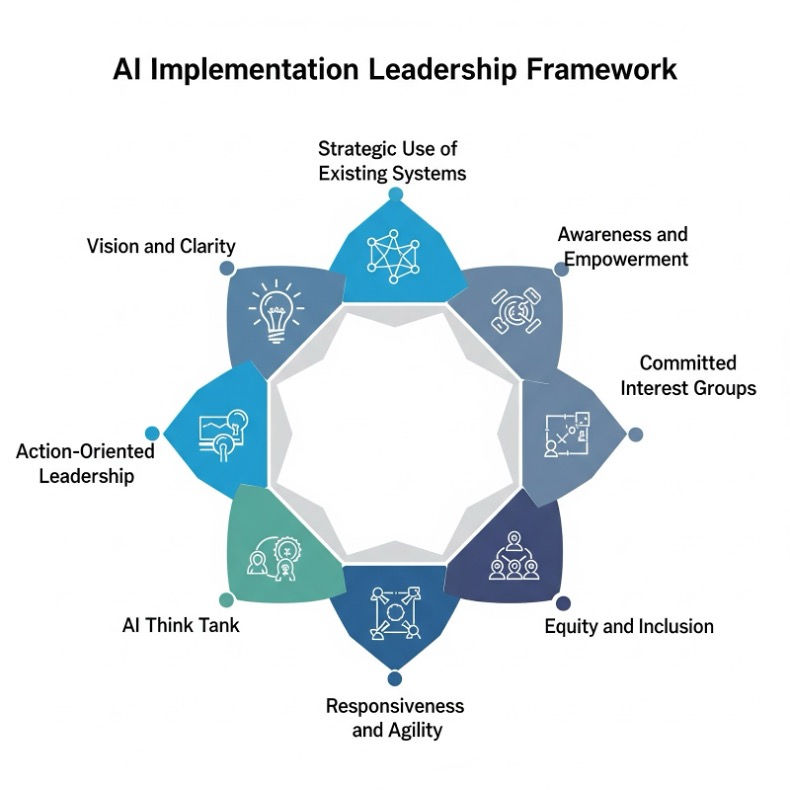And Now Back to Our News Team:
- gregbagby
- Jul 14
- 3 min read
Insights from ISTE: Navigating AI Literacy in Education

My recent time at ISTE provided an incredible opportunity to reflect on the critical topic of AI literacy and its seamless integration into higher education. Beyond the insightful sessions, it was truly fantastic to reconnect with so many edu-friends and make new connections, strengthening our collective pursuit of innovative teaching and learning. The energy was palpable, a testament to the passionate community driving educational advancements.
A significant highlight was the privilege of meeting individuals who have profoundly mentored and contributed to my growth. Their guidance has been invaluable on my journey. A special shoutout to Jennifer Gonzalez, Todd Whitaker, and Eric Sheninger for their wisdom and inspiration. I'm also immensely grateful for the continuous support and mentorship from Jennifer Womble and Richard Culatta. Thank you to everyone who has played a part in my development – your impact is deeply appreciated.

A key takeaway from ISTE that stood out is the broader definition of AI literacy. It's evident that it extends beyond just using AI tools. True AI literacy encompasses critically assessing AI, working effectively with it, and understanding its pervasive influence across various aspects of life. I strongly believe we need to add a vital focus on creation and innovation to existing definitions of AI literacy. Enabling learners to create and innovate with AI will be crucial for preparing them for the future.
A major theme discussed throughout the conference was the understanding that AI integration is an evolution, not a revolution. This thoughtful approach suggests we start by leveraging existing systems, especially within our Learning Management Systems (LMS), and initially avoid using AI for grading. The focus is on empowering users by demonstrating that they have control over AI and gradually increasing their awareness and skills. This cautious and purposeful adoption will lead to a smoother, less disruptive transition.
A significant part of the discussion centered around a proposed AI Implementation Leadership Framework, which offers a robust roadmap for thoughtful AI integration. This framework emphasizes:

Vision and Clarity: Defining the purpose and scope of AI and setting measurable goals.
Strategic Use of Existing Systems: Auditing current technology and identifying secure environments for AI deployment.
Awareness and Empowerment: Fostering open dialogue about AI's benefits and ensuring faculty feel in control.
Action-Oriented Leadership: Ensuring top-down directives are clear and modeled by leaders.
AI Think Tank: Establishing a leadership group for strategic AI planning.
Committed Interest Groups: Forming voluntary groups for AI exploration with structured training.
Responsiveness and Agility: Having dedicated personnel to stay current with AI advancements.
Equity and Inclusion: Proactively addressing biases to ensure equitable access and impact.
This framework underscores the crucial need for dedicated leadership and a flexible approach to keep pace with the rapid evolution of AI. It also powerfully underscores the importance of addressing the inherent bias in learning models against those without access to technology, ensuring equitable AI deployment for all learners.
My time at ISTE provided me with valuable insights into building a sustainable and equitable future for AI in education. It's an exciting time to be an educator, and I am inspired by the potential AI offers for transforming learning experiences. Let's continue exploring how the industry utilizes AI and work to integrate it into our educational practices.










Comments